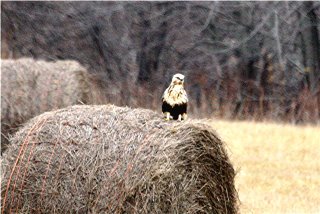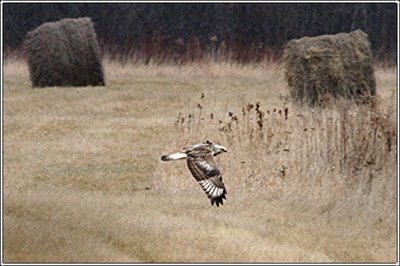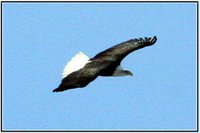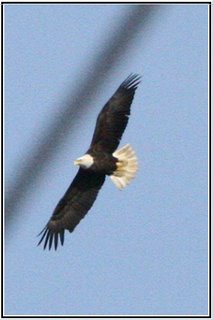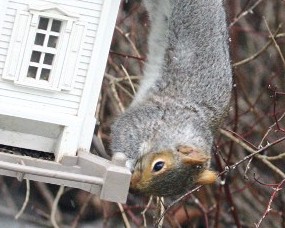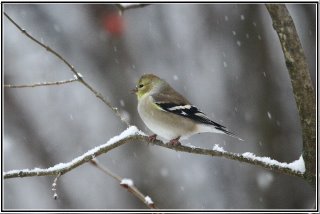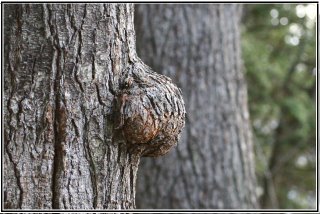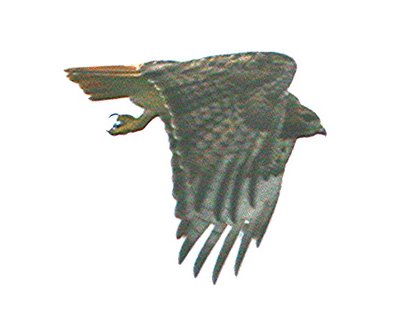

Perhaps you might think this an
in- appropriate seasonal topic but having spent much time yesterday pondering over the id of a wildflower that I found still in bloom,
(photographed Nov. 17), I thought the topic worthy of mention.
Sticky Groundsel had had me mystified since having first taken pictures of it in early September and I was unable to id it at the time so I had filed the photos under
'unknown wildflower'.
When looking for the id of an unknown wildflower I always check in
Peterson's Wildflowers field guide first. While searching through the field guide in September I had noticed leaves similiar to those in my photos but the illustrations for
Stinking Groundsel (
Peterson's Wildflowers p.167) did not show any open blossoms with yellow petals as in my photos; so I passed it by.
Yesterday I decided to pursue 'Groundsel' further and found mention of the plant in Hal Hinds book,
Flora of New Brunswick, p.473; and here was another clue for me . Sticky or Stinking Groundsel was found in waste areas and along railways
; and that's exactly where I had

found it; along the railroad tracks! Of the three Groundsels mentioned by Hinds, Sticky Groundsel was the only one that made mention of 'railways'; so maybe I was on the
right track afterall. However, Hinds' book did not include any illustrations showing open petals blossoms either so I then turned to
Google and did an image search for
Sticky Groundsel. Doing an image search was very productive and I found several sites showing images which included the yellow petaled bloom stage as in my photos. Mystery solved!
 reference sources: Hinds, Harold, Flora of New Brunswick, Biology Department, UNB 2000Peterson, Roger Tory, A Field Guide to Wildflowers Northeastern and North-central North America, Houghton Mifflin Co. 1996
reference sources: Hinds, Harold, Flora of New Brunswick, Biology Department, UNB 2000Peterson, Roger Tory, A Field Guide to Wildflowers Northeastern and North-central North America, Houghton Mifflin Co. 1996
 One of our most faithful and regular of winter visitors; this little Black- capped Chickadee finally found the bird food mixture I had placed in the middle of this evergreen wreath for it.
One of our most faithful and regular of winter visitors; this little Black- capped Chickadee finally found the bird food mixture I had placed in the middle of this evergreen wreath for it.  Other daily regulars at our feeder area this winter are: Blue Jays, American Goldfinch, American Tree Sparrows, Hairy and Downy Woodpeckers, Mourning Doves, one Song Sparrow, and one White-breasted Nuthatch.
Other daily regulars at our feeder area this winter are: Blue Jays, American Goldfinch, American Tree Sparrows, Hairy and Downy Woodpeckers, Mourning Doves, one Song Sparrow, and one White-breasted Nuthatch.









